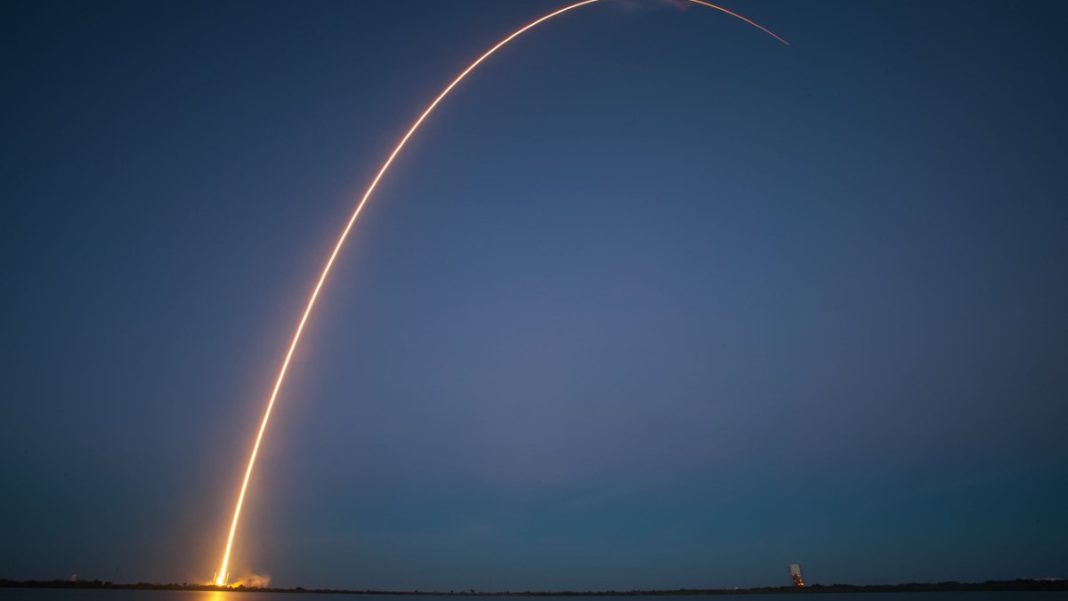CHINA: In another stride towards enhancing its meteorological capabilities, China successfully launched the Fengyun-3F satellite aboard a Long March 4C rocket from the Jiuquan Satellite Launch Center in the Gobi Desert.
The rocket’s fiery liftoff, accompanied by billows of orange smoke from hypergolic propellants, captured the world’s attention on August 2nd. The event marked China’s 32nd orbital launch of 2023, underscoring the nation’s prowess in space technology.
The Fengyun-3F satellite, a successor to the 2013-launched Fengyun-3C, took its place among the China Meteorological Administration’s fleet of Fengyun satellites orbiting in both low-Earth and geosynchronous orbits.
Carrying a suite of 10 advanced payloads, including innovative instruments to track ozone levels, the satellite will provide crucial weather data for climate change analysis, atmospheric chemistry, and atmospheric environment research.
Developed by the Shanghai Academy of Spaceflight Technology (SAST), the Fengyun-3F satellite has a launch mass of approximately 5,070 pounds (2,300 kilograms) and is anticipated to operate for a decade.
The satellite’s capabilities will contribute significantly to research efforts aimed at understanding and mitigating the impacts of climate change.
Notably, the satellite’s orbit path sets it on a trajectory close to the poles, orbiting at an inclination of 98 degrees and traversing the equator at 10:00 a.m. local time. This positioning places the satellite in a “morning orbit,” affording it a unique vantage point for capturing critical meteorological data.
China’s commitment to advancing meteorological research is evident in its deployment of satellites in various sun-synchronous and non-sun-synchronous orbits.
As the only nation with four near-Earth orbit meteorological satellites in these orbits, China’s strides in space technology align with global efforts to improve weather forecasting and climate monitoring, as recognized by the World Meteorological Organization (WMO).
As part of an ambitious space agenda, China plans to launch approximately 200 spacecraft on Long March rockets in 2023, supplemented by commercial launches that will propel additional satellites into the cosmos.
The success of the Fengyun-3F launch underscores China’s growing influence in the field of space technology, while its focus on meteorological applications reaffirms its dedication to addressing environmental challenges on a global scale.
Also Read: China’s Diplomatic Appeal to France for Calmer EU Relations



